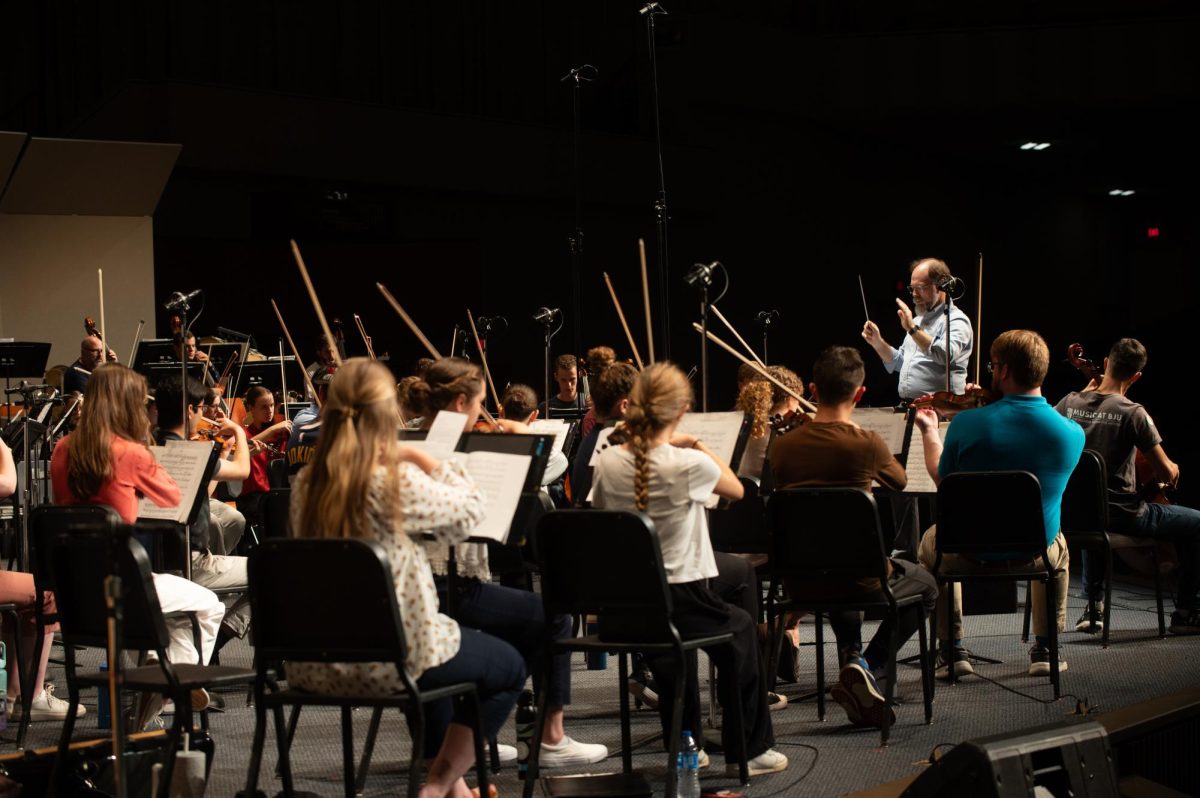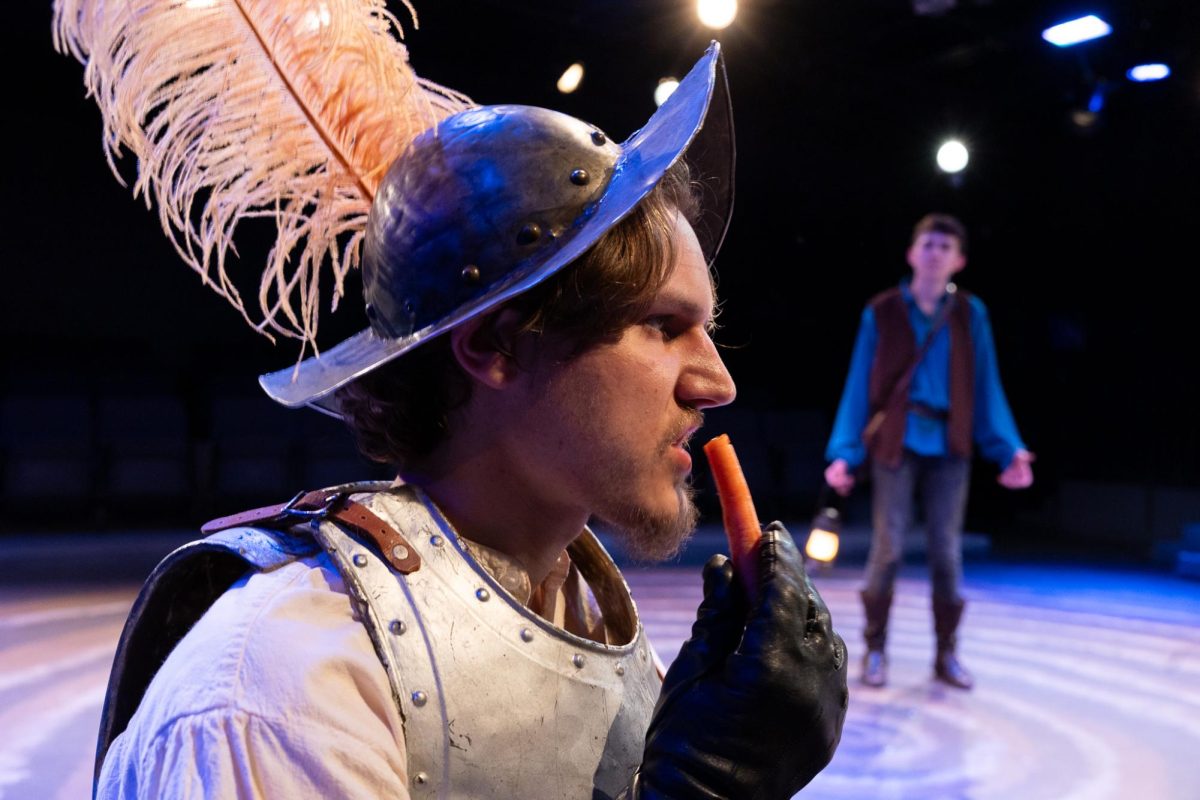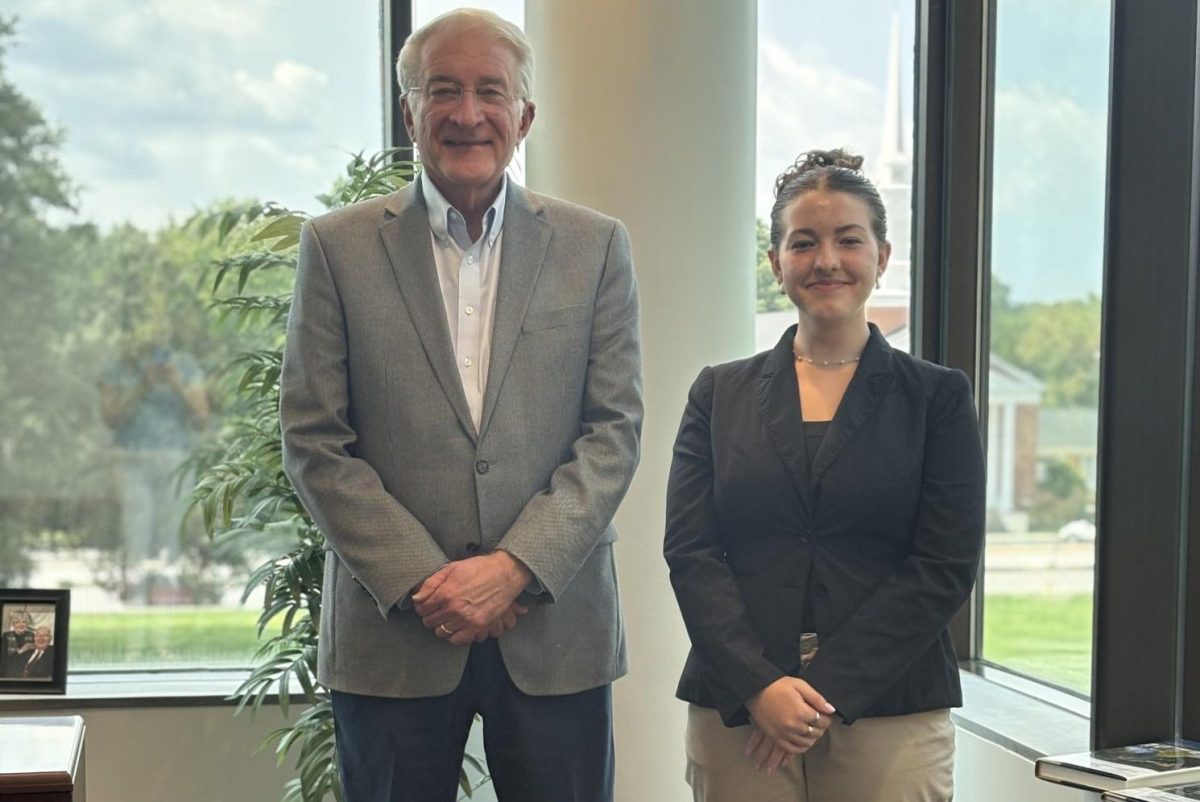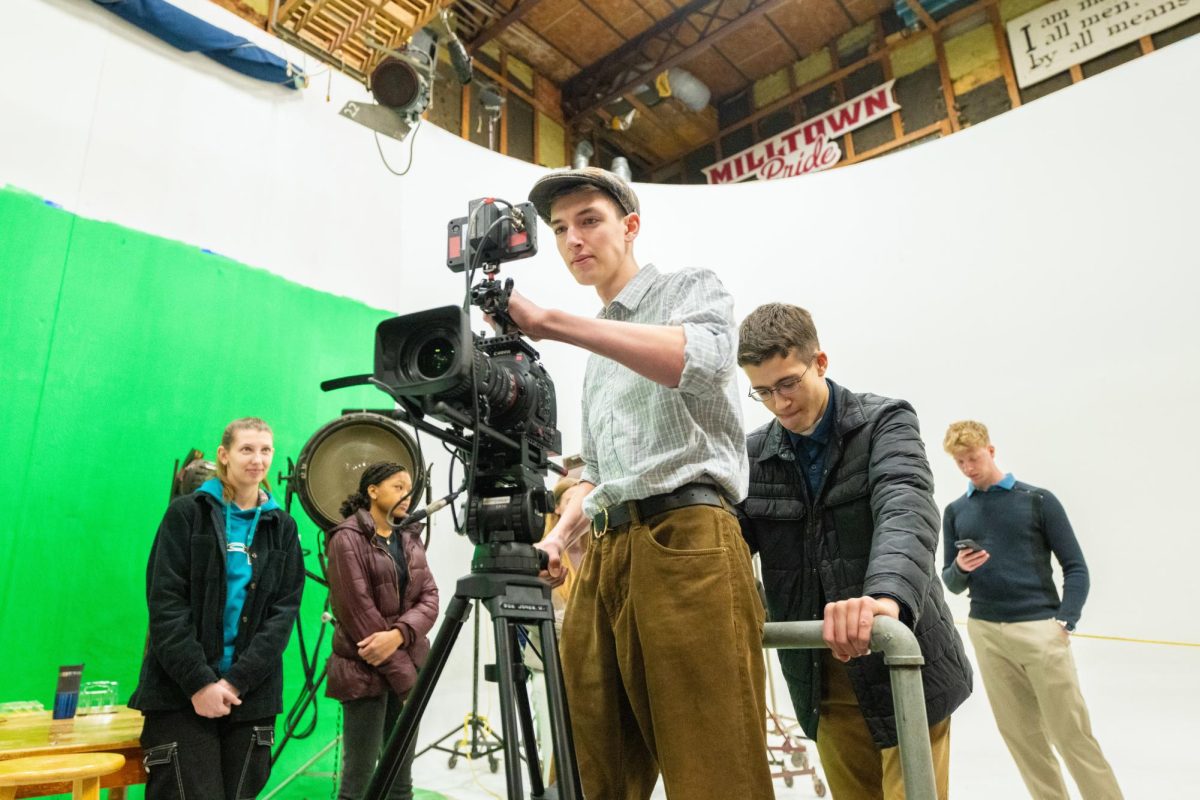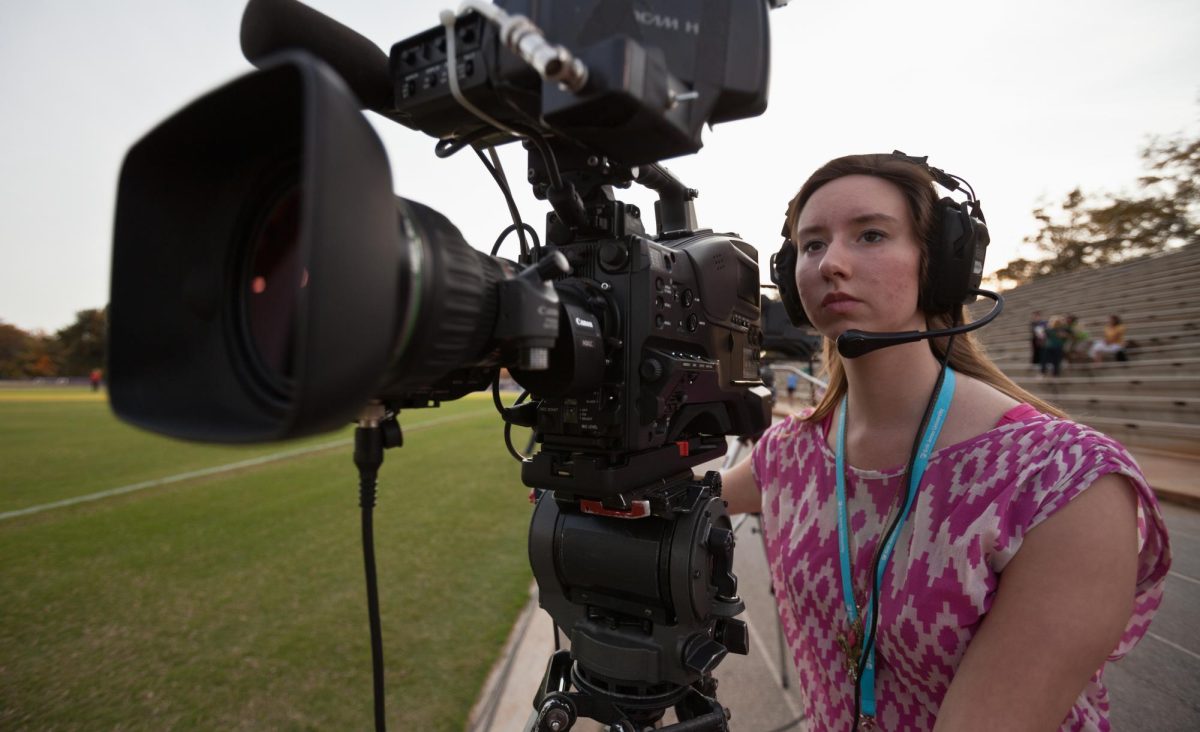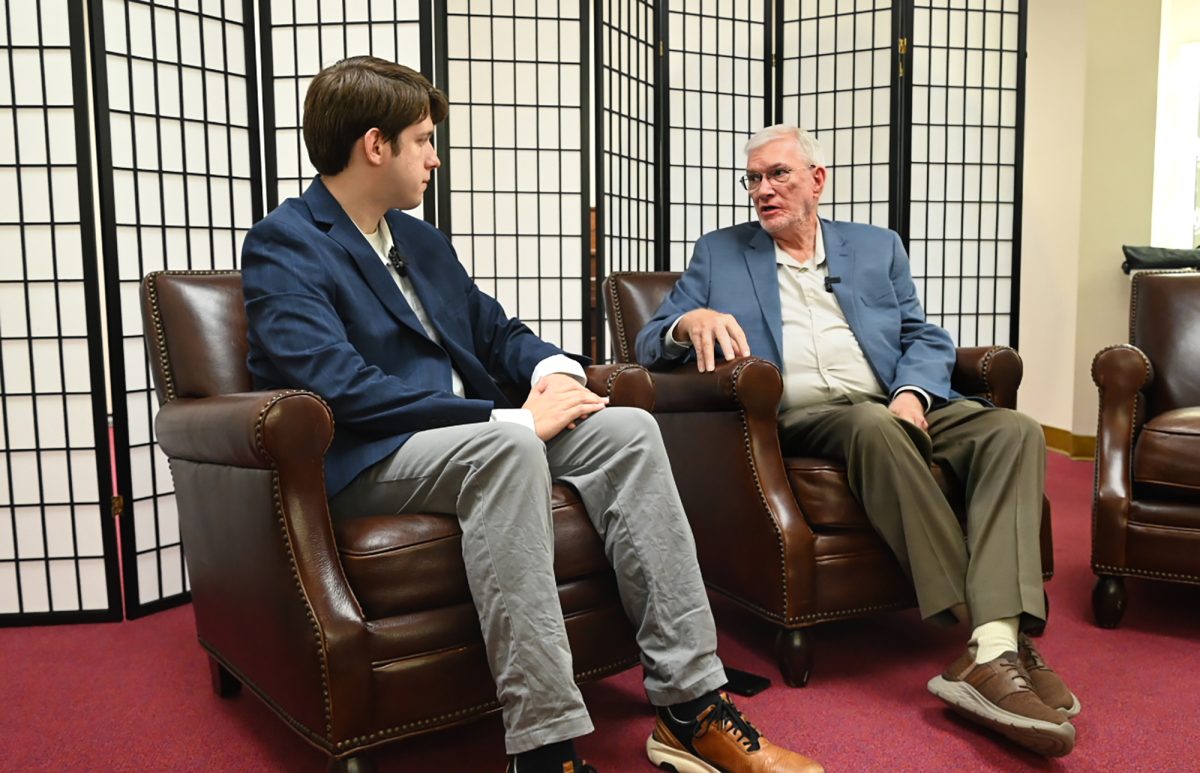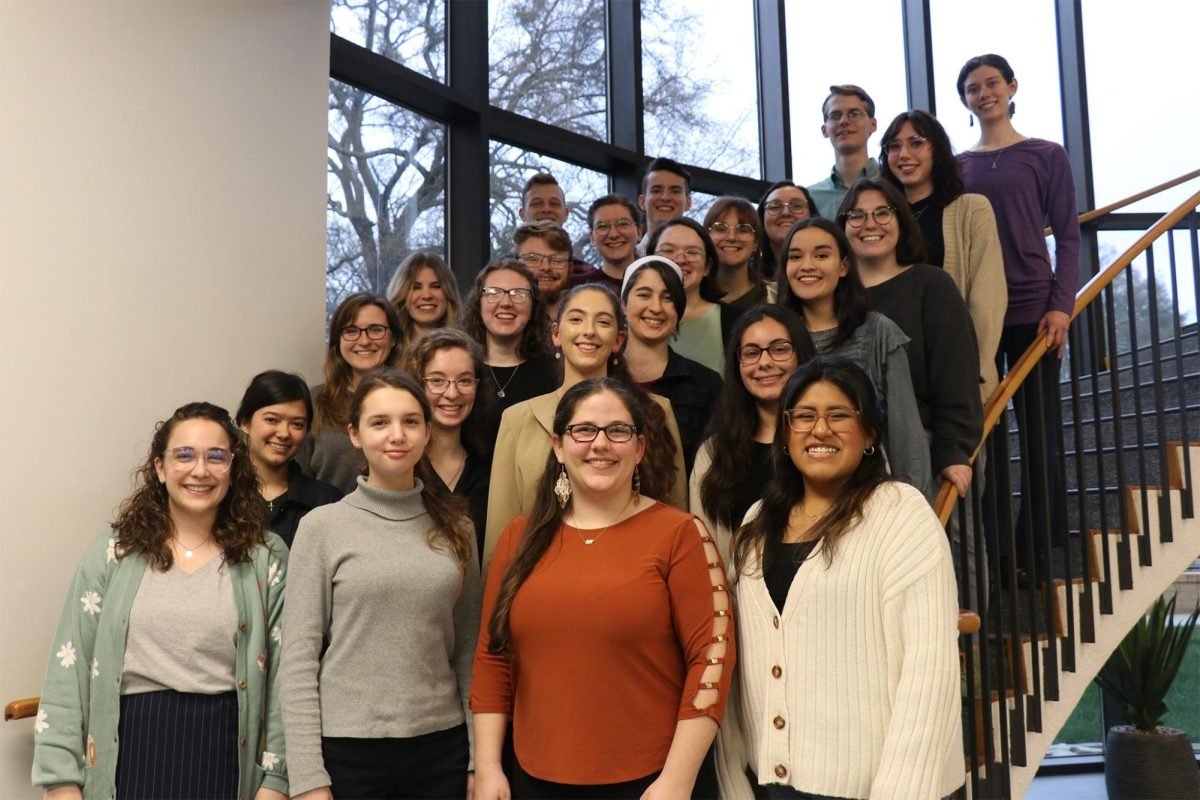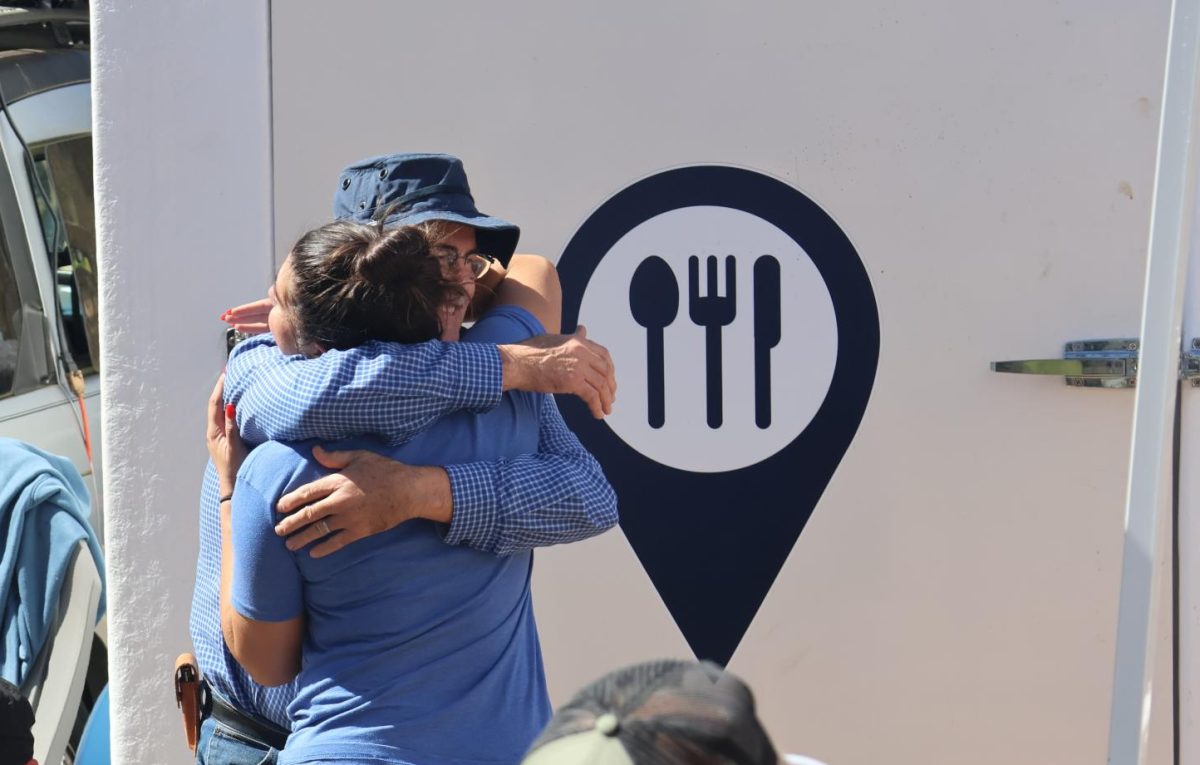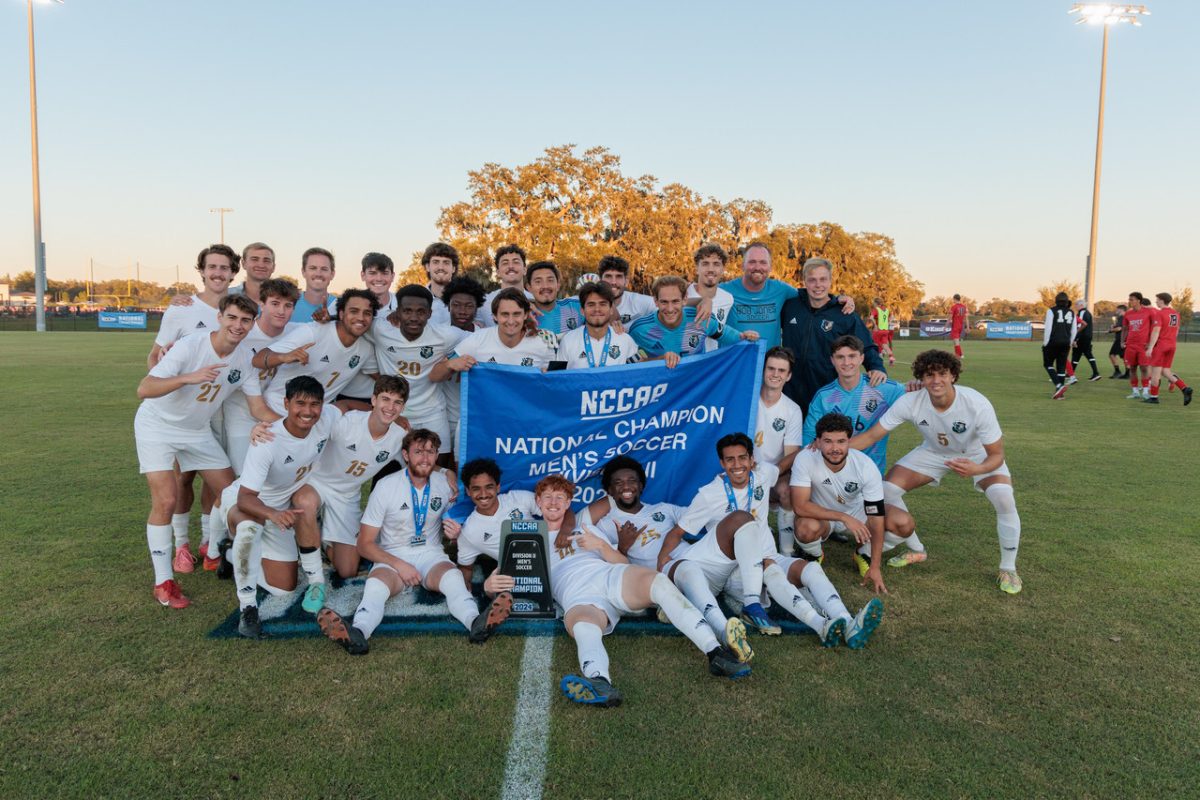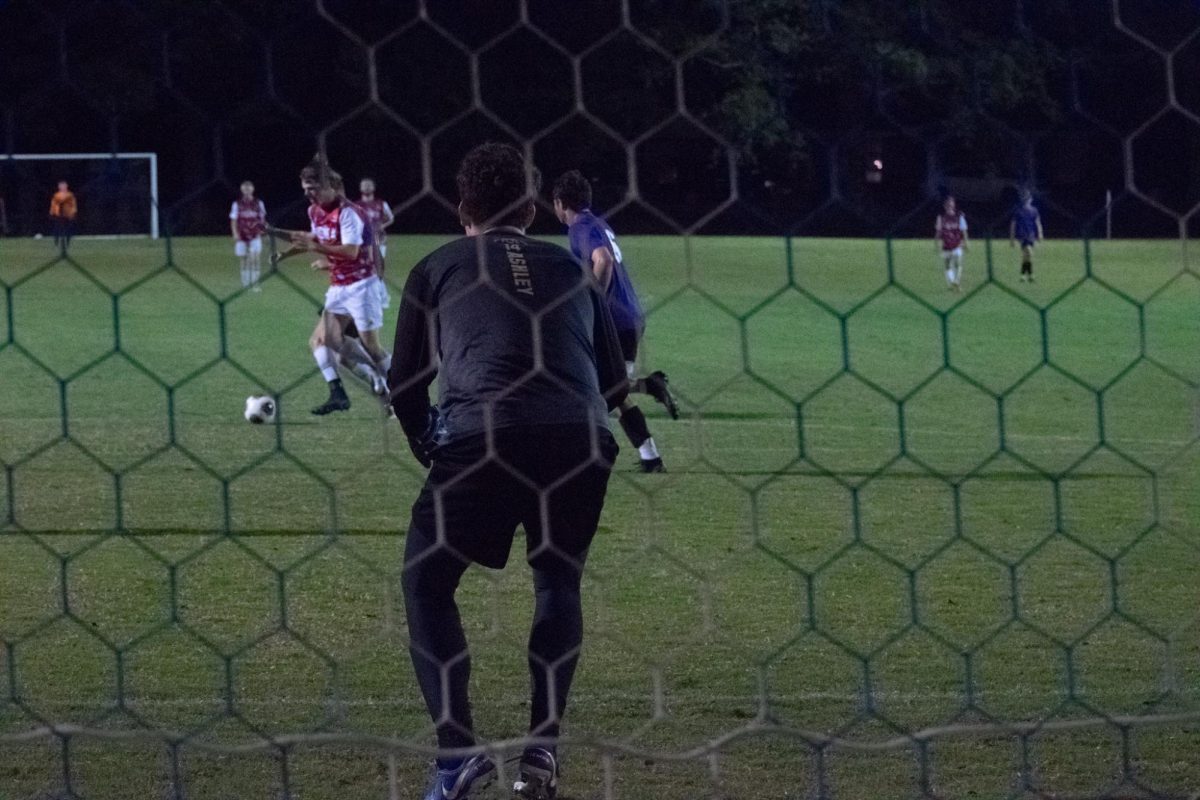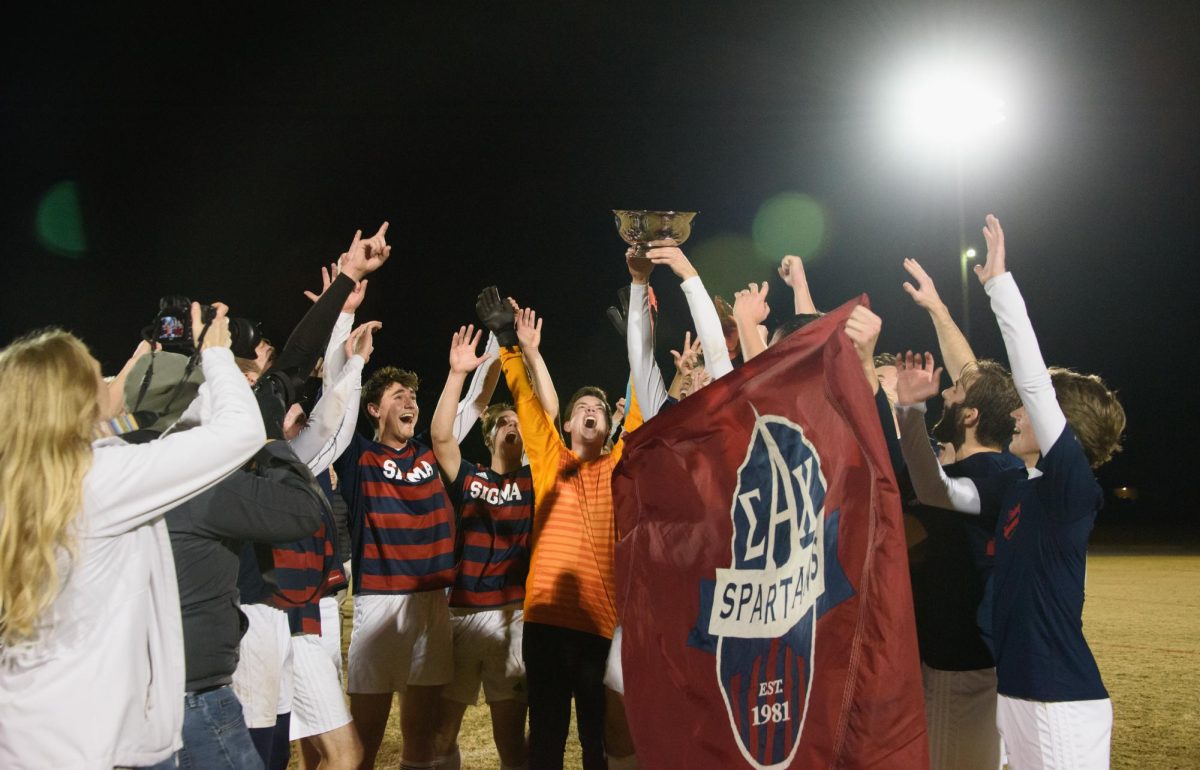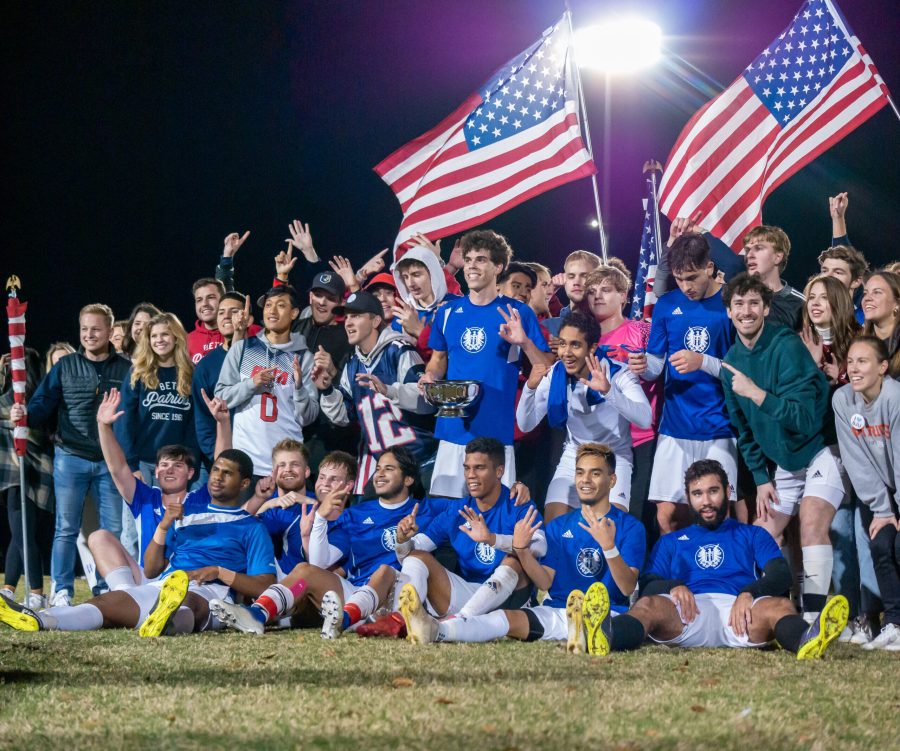The Oct. 1, 2012, issue of Sports Illustrated featured Notre Dame’s Manti Te’o at the line of scrimmage, putting the fight in Fighting Irish. The issue was titled “The Full Manti” and included a multi-page article about the inspirational story of the Heisman candidate senior from Hawaii who played in honor of his recently deceased grandmother and girlfriend.
The linebacker continued to dominate on the field and helped lead an undefeated Notre Dame team to the BCS National Championship Game in Miami on Jan. 7.
But on Jan. 16, Deadspin.com revealed “the full Manti” with a news-breaking headline: “Manti Te’o’s dead girlfriend, the most heartbreaking and inspirational story of the college football season, is a hoax.”
Te’o has claimed he was the victim of a “sick joke,” according to CNN. In an interview with Katie Couric, he emphasized that he had no involvement in the hoax.
Now, the Oct. 1 Sports Illustrated article is nowhere to be found in online archives.
In a CNN article, ESPN’s Roxanne Jones faults sports journalists for failing to fact check Te’o and his “relationship” with Lennay Kekua.
“Call me old-school, but I think journalists owe it to readers and viewers to make certain, to the best of our ability, that the news we deliver is accurate,” she writes. “Doesn’t the public trust still matter, or, is our work just all for entertainment these days?”
Maybe that’s what could have prevented the Te’o drama: a simple fact check. Sure, Te’o’s story was inspiring, and it created another “Rudy” story for the Irish to laud and add to its stories of lucky legend and tradition.
But the No. 1 goal of journalism is accuracy. Sports writers didn’t check if Kekua was enrolled at Stanford University, where she supposedly attended. No obituary for Kekua appeared after her death, and journalists missed that too.
Maybe if a journalist had checked into some of those details, the story could’ve been uncovered more quickly, saving Te’o from the embarrassment of being conned for months by a fake girlfriend.
Jones is right. Journalists owe it to the public—and in this case, to the people they’re writing about—to report accurate information. If the public is to trust the media, the media carry the responsibility of questioning, verifying and double checking information. Laziness, inattention to details or susceptibility to hype leads to the spreading of misinformation.
Te’o’s story should be a reminder to journalists that facts, not hype or entertainment, are the key to writing good stories. Accuracy must always trump emotion, even if it does seem like the luck of the Irish.

